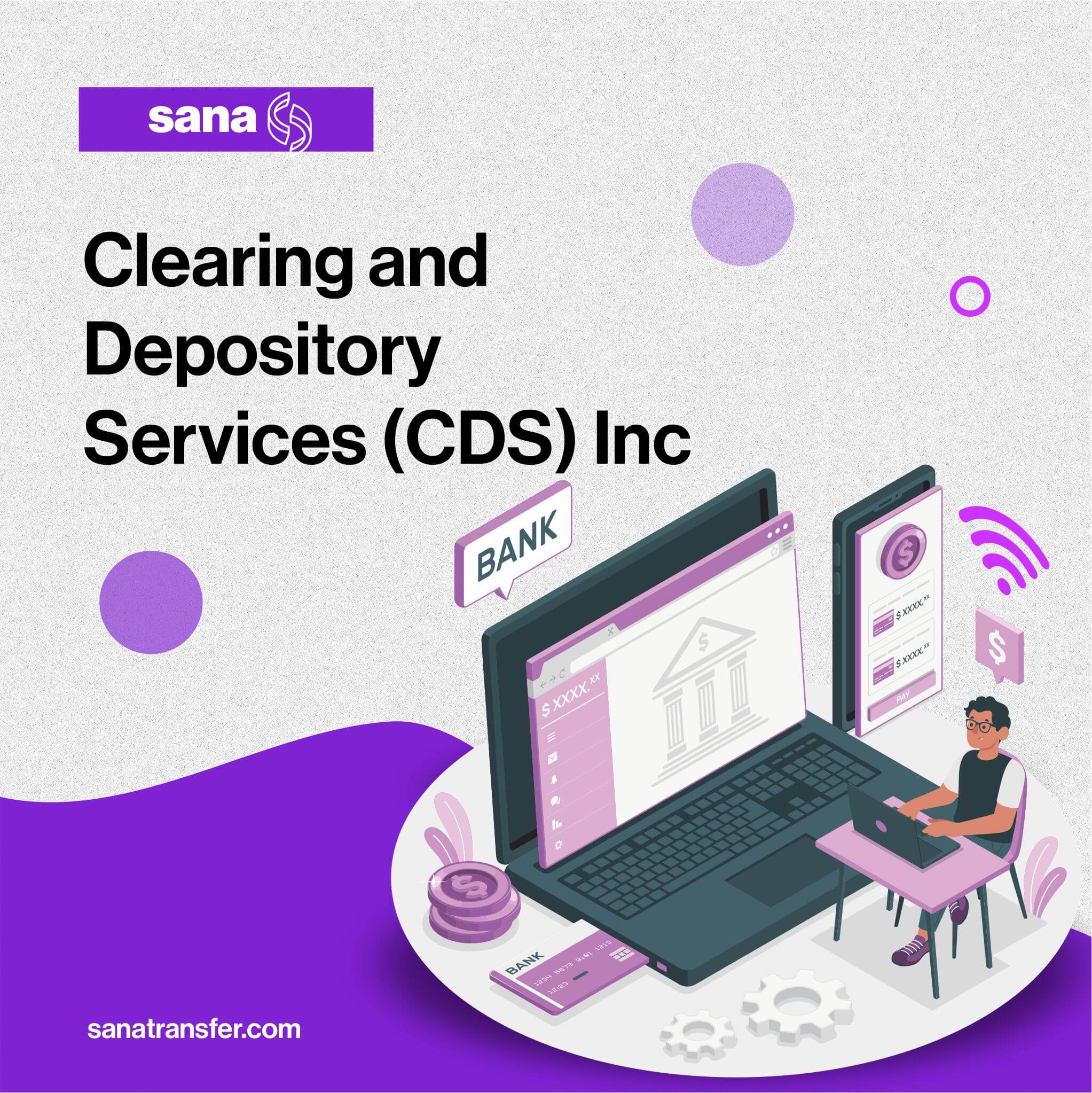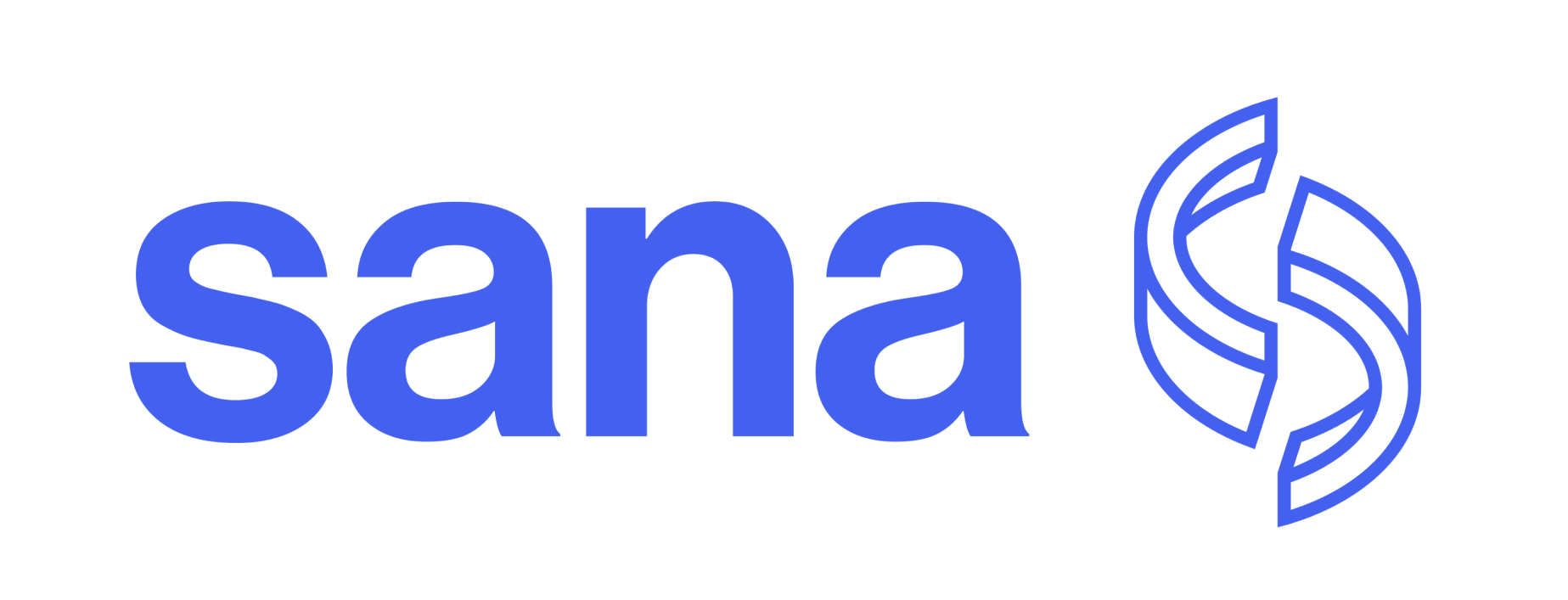Clearing and Depository Services (CDS) Inc - All You Need to Know
This article reviews the Clearing and Depository Services (CDS) Inc in Canada, discussing the key role they play in money transfers.

The CDS, a subsidiary of the TMX Group, is responsible for the secure custody and transfer of securities, accurate record-keeping, post-trading transaction processing, as well as the collection and allocation of securities entitlements (like interest and dividend payments). In this article, we discuss every single detail you need to know about the Clearing and Depository Services (CDS) and all of its responsibilities.
An Overview of CDS Clearing and Depository Services Inc.
CDS, short for Clearing and Depository Services Inc., is a subsidiary of the prominent Canadian Depository for Securities Limited, which is a for-profit company that was established by the TMX Group. The Clearing and Depositary Service owns and controls CDSX, enforced in 2003, which helps to clear and settle all debt and cash market transactions, as well as eligible exchange-traded and equity processed over the counter. Basically, CDS's depository service helps to provide deposit and withdrawal facilities for depository-eligible securities, regulate related ledger positions, and also use these positions to execute various business functions.
CDS and its members are liable to the legislation and different regulations of distinct jurisdictions. CDSX has already been assigned under the PCSA and the federal level. Therefore, it is subject to supervision by the Bank of Canada. At the regional level, CDS is controlled by three groups – the British Columbia Securities Commission (BCSC), Quebec’s Autorité des marchés financiers (AMF), and the Ontario Securities Commission (OSC).
The Bank of Canada harmonizes its supervision of CDS with all of these other regulators, which is dependent on a Memorandum of Understanding. Also, CDS reports as directed to the Canadian Securities Administrators (CSA). The CSA is an umbrella association of regional and territorial securities regulators. Lastly, CDS collaborates with financial institutions (at both the Federal and state level) regulators that supervise CDS participants.
Today, as an associate of TMX Group, the CDS deals with more than 1.6 million day-to-day domestic and cross-border securities trades. They also have custody of more than $4 trillion of securities. TMX Group manages exchanges across different asset classes, which includes the Toronto and Montreal Exchanges.
Recommended - What is a Wire Transfer?
CDSX Clearing and Settlement
In CDSX, trade transactions are inputted by one party and verified by the other party. Essentially, these transactions can be passed into CDSX either by direct access or through file transmission. Once a financial transaction passes through the risk-control edits, the transaction between both parties is immediately settled on the basis of delivery-versus-payment. This is done via entries to both parties' CDSX accounts.
CDSX nets payment responsibilities between CDS and the participants, which will then be resolved at the end of the day via appointed bankers. Payments will be made via Lynx to the CDS settlement bank account maintained at the Bank of Canada. Special procedures have already been formulated to allow securities that are kept in CDSX to safeguard CDSX intraday payment obligations, which will be utilized as collateral to complete Lynx payments.
Also, CDS maintains a prior claim on all of these securities until both parties settle the Lynx payment. Lynx payments are usually final and irrevocable, authorizing the final settlement of CDS to happen once all the payment commitments have been obtained. After settlement, the securities that were previously held in bank accounts with limited access automatically become available for use without any restriction.
CDSC Risk Management
The risk-management model formulated in CDSX operates in real-time and is primarily designed to safeguard CDS from the intraday mistake of a participant. Also, this risk-containment model guarantees each participant delivers sufficient collateral to completely and simultaneously pay for their net responsibility to CDS to a certainty level of about 99 per cent.
Basically, there are two kinds of participants in CDSX: the extenders of credit and receivers of credit. The receivers of credit consist of a majority of financial institutions partaking in the system, and they can obtain lines of credit from different extenders that allow them to buy securities during the day. As for the extenders of credit, they also collateralize their intraday payment responsibilities and those of the receivers of credit to which they have already extended lines of credit.
Related Article - Large Value Transfer System (LVTS) - Everything You Need to Know
At the close of the day, the extenders of credit are mandated to make due payments to the clearing house to make up for securities purchased on their own behalf as well as on behalf of their customers. Also, receivers of credit provide their extender with a security interest in the securities given to them on that same day.
If an extender of credit is mandated to pay for a receiver that is incapable of fulfilling its end-of-day payment responsibility, the extender is permitted to take book-entry delivery of all those securities (the “unpaid-for” securities). The total amount that each party can owe the system is limited.
CDSX runs as a delivery-versus-payment (DVP) system (type II). Hence, transactions that have been resolved intraday in CDSX cannot be reversed.
Bottom Line
The CDS is essentially the official national securities depository, clearing, and settlement base in Canada. Basically, its duty is to provide dependable, cost-effective, and quality depository, payment clearing, and settlement services for all participants of the equity, money markets, and fixed income in Canada. In 2012, CDS became a subsidiary of the TMX (Toronto Stock Exchange) Group and currently settles millions of securities trades in the country.
Join 500+ users across Canada in sending money back to family and loved ones using the SanaTransfer app. Visit SanaTransfer.com now to get started or download the app on Android or iOS.
